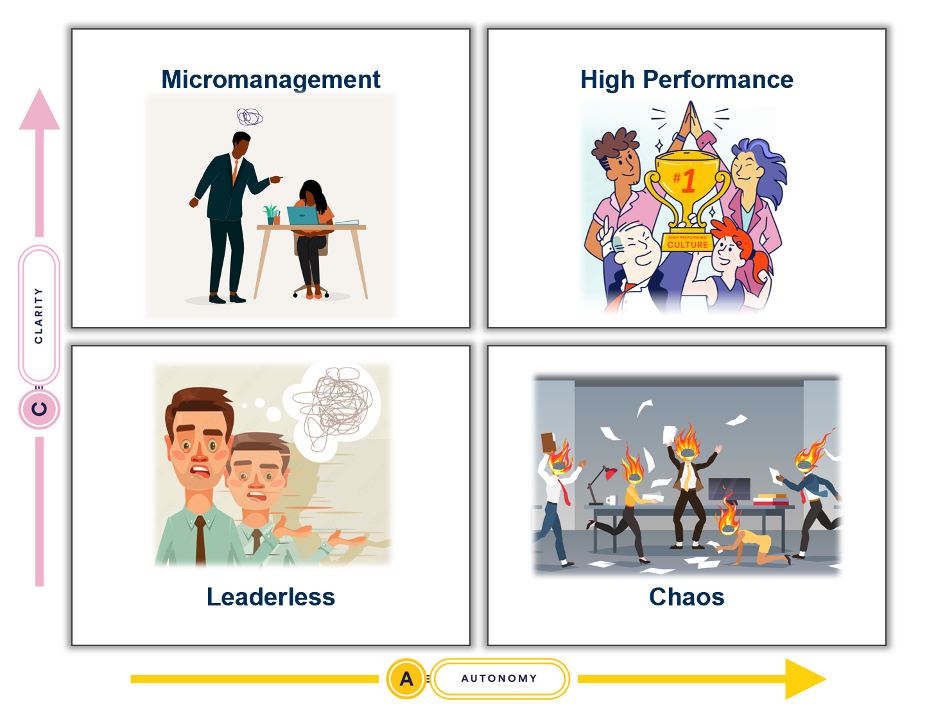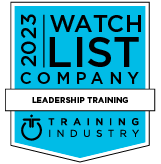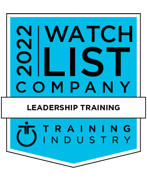Accountability in Leadership Isn’t a Burden—It’s the Byproduct of Clarity and Autonomy

Why is accountability important in leadership? And what if accountability in leadership isn’t something you enforce—but something people choose?
If you’ve ever led a team, you’ve likely wrestled with the accountability question. Why aren’t people owning their work? Why do they need so much handholding? Why don’t they just do what they say they’ll do?
Here’s the real issue: accountability doesn’t arise from pressure. It thrives at the intersection of two powerful forces—clarity and autonomy. When those are present, accountability becomes natural. Expected. Even welcomed.
Welcome to the CARE model lens on leadership.
The Neuroscience Behind Why We Crave Clarity
Our brains are constantly striving to minimize cognitive load. When expectations are unclear, the brain engages in energy-intensive decision-making and stress responses (Kahneman, 2011). Clarity offers a predictable framework, reducing uncertainty and allowing us to focus on productive behaviors.
Research from the field of team performance shows that goal clarity significantly improves job satisfaction and performance metrics. One meta-analysis reported that clarity of expectations predicted team satisfaction even more than psychological safety in some settings (Edmondson, 2019; Lee et al., 2018).
Autonomy: The Freedom That Fuels Ownership
Autonomy, on the other hand, fulfills our brain’s deep need for control. When team members feel they have the freedom to choose how to do their work, they report significantly higher levels of engagement, creativity, and ownership (Deci & Ryan, 2000).
Gallup (2020) found that teams with high levels of autonomy had 30% greater productivity and 79% higher engagement compared to those with low autonomy. Autonomy energizes performance because it activates our intrinsic motivation and taps into the desire for mastery and self-direction.
CARE: The Leadership Framework for Human-Centered Results
At DX Learning, we’ve built our people-first approach around the CARE® model: Clarity, Autonomy, Relationships, and Equity. These four components align with our brain’s core social needs—needs that, when fulfilled, generate trust and high performance.
Clarity and autonomy are foundational to accountability. One without the other creates imbalance:
- Clarity without autonomy breeds micromanagement.
- Autonomy without clarity leads to confusion.
But when you combine them, you get teams that own their work, take the initiative, and deliver results.
The dynamics of team performance can be best illustrated through the 2x2 matrix shown above, highlighting the interplay between clarity and autonomy:
- Bottom Left (Low Clarity / Low Autonomy): Teams in this quadrant often feel adrift and unsupported. Without a shared understanding of goals or the freedom to make decisions, individuals may perceive their environment as leaderless. The lack of structure and empowerment creates disengagement and negative inertia.
- Top Left (High Clarity / Low Autonomy): In contrast, teams here are given clear instructions but little control over execution. This breeds micromanagement and stifles creativity. While objectives may be well-defined, the absence of autonomy diminishes motivation and undermines ownership, key drivers of innovation and discretionary effort.
- Bottom Right (Low Clarity / High Autonomy): These teams experience freedom in decision-making but without aligned direction. The result is often confusion and misalignment. While team members are empowered to act, the lack of clear expectations leads to inefficiencies and a fractured approach to success.
- Top Right (High Clarity / High Autonomy): This quadrant reflects a team achieving high results through the balance of clarity and autonomy. Teams here benefit from both well-defined goals and the freedom to execute. However, this does not automatically equate to sustainable high performance. Have you ever been on a team that achieves high results but leaves team members burnt out and ill-prepared for taking on the next objective or project? Note the intention of labeling this quadrant with high results and not high performance. Without the relational glue of trust and equity, even high-achieving teams are vulnerable to burnout, friction, and turnover. Sustainable success is only possible when leaders intentionally build strong relationships and distribute resources and attention equitably—two critical components of the CARE® model.
High-performing teams are not built on clarity and autonomy alone. They thrive when those elements are complemented by deep interpersonal trust (relationships) and a fair, people-centered leadership approach (equity). That’s how performance is not just achieved—but sustained.
Accountability in Action: How the CARE Model Works
Through experiential learning and neuroscience-backed facilitation, the CARE Experience helps leaders spot their blind spots. Often, what they believe is “empowering” is actually abandonment. Or what they consider “clear” is overly vague.
CARE helps participants:
- Create a shared understanding of success
- Define mutual expectations
- Encourage safe experimentation
- Practice self-awareness in team dynamics
Accountability thrives at the intersection of clarity and autonomy, yet it cannot sustain high performance without being anchored in strong relationships and equity. While many leaders focus solely on driving accountability to improve outcomes, doing so in isolation can backfire and lead to burnout, blame culture, and general misalignment. The CARE Model (Clarity, Autonomy, Relationships, Equity®) demonstrates that psychological safety and high team engagement stem from a balanced ecosystem where accountability is mutual—not top-down. Teams flourish when members can candidly speak up, challenge assumptions, and hold one another accountable in ways that are empathetic, human, and equitable. Without relational equity, accountability can devolve into control, and humans are wired to control. However, when team members feel safe and connected, accountability becomes a shared commitment. High-performing cultures aren’t just built on KPIs—they’re cultivated through daily behaviors that reinforce connection, fairness, and trust. By rewiring leadership habits through neuroscience-backed frameworks, leaders can foster teams that stay engaged, empowered, and resilient.
Real-World Results from CARE-Led Teams
The CARE program has reached thousands of leaders globally, and our follow-up research demonstrates its impact:
- +8.3% increase in team members inviting perspective challenges
- +5.1% boost in challenging the status quo
- +4.5% rise in feeling comfortable asking for help
(DX Learning Solutions, 2021)
These shifts represent deeper psychological safety—a known predictor of sustained team performance (Edmondson, 2019).
Why It Matters Now More Than Ever
With burnout and disengagement at record highs, today’s workers are demanding environments where they’re seen, heard, and trusted. The CARE model isn’t just a leadership framework. It’s a recalibration of how we relate to others in a professional context.
Clarity and autonomy don’t just make people happier—they make them better performers.
Final Thought: Accountability Is a Symptom, Not a Strategy
If your team is struggling with accountability, ask:
- Have I been crystal clear about what’s expected?
- Have I empowered them to act on it?
- Does my team feel safe asking questions?
Because when clarity and autonomy meet, accountability in leadership isn’t a burden. It’s a choice—and a powerful one at that.
Interested in building clarity and autonomy into your leadership DNA? The CARE Experience offers scalable, neuroscience-backed learning that transforms how your leaders lead—and how your teams perform.
References
Draper, A. (2024). CARE: How to Create Highly Effective Psychologically Safe Teams. DX Learning Solutions.
DX Learning Solutions. (2021). Fast Company 2021 Workplace Submission. Internal white paper.
Edmondson, A. (2019). The fearless organization: Creating psychological safety in the workplace for learning, innovation, and growth. Wiley.
Kahneman, D. (2011). Thinking, fast and slow. Farrar, Straus and Giroux.
Insights

Subscribe to Our Monthly Newsletter!
For managers and talent professionals who truly believe in putting people first, the CARE to Win blog is your gateway to the latest insights on human-centric leadership. Join us as we champion the people first movement.
Need some time apart? Are we emailing you too often? Just give us your feedback, and we promise we’ll respond. We really do care. And if it’s still too much, just unsubscribe. It’s cool.
 Matt Sandel
Matt Sandel



